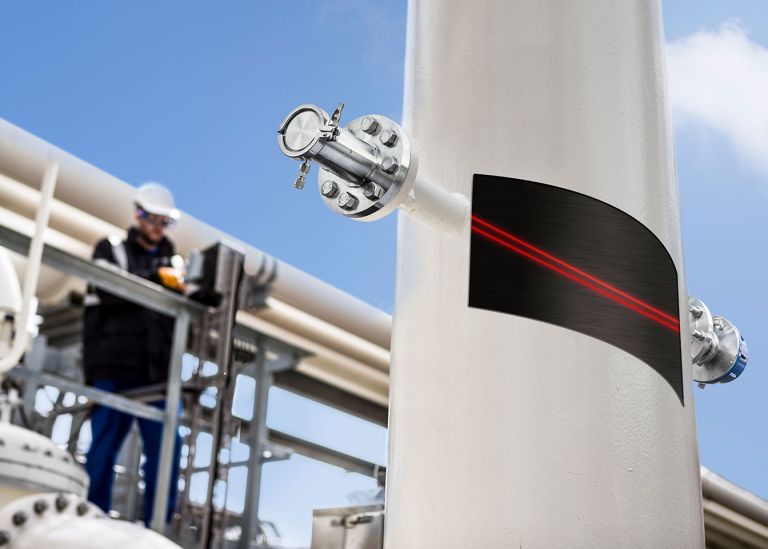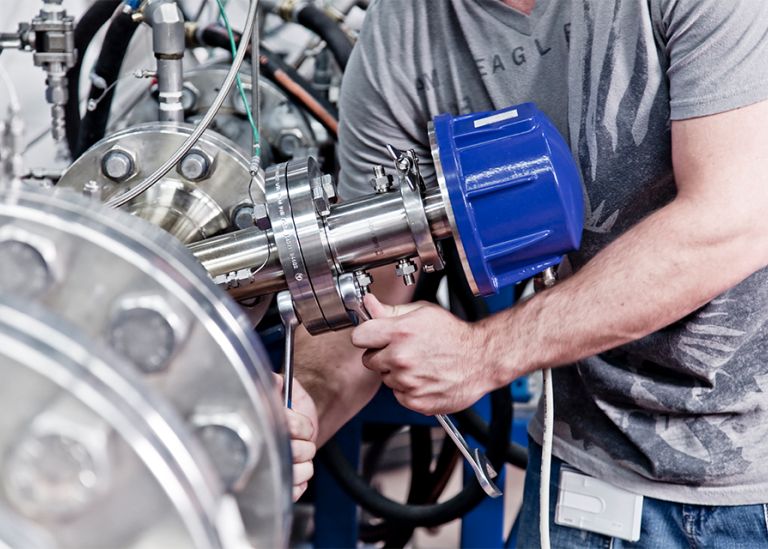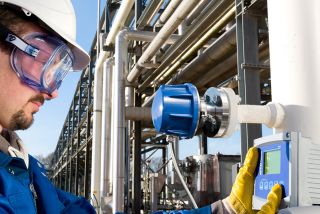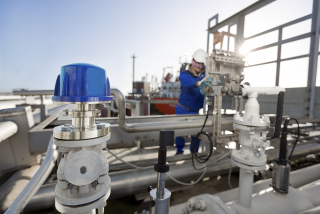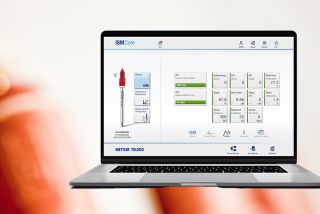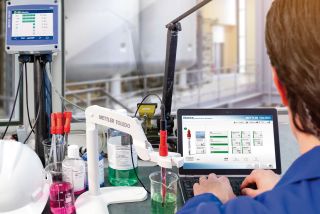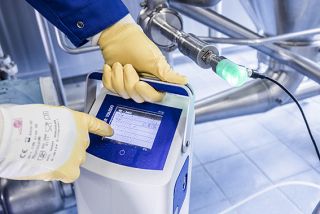
Boost your oxygen analyser
Oxygen measurement for safety
Many oxygen analysers in the process industry are there for safety purposes. This is mainly related to avoiding explosion hazards. We are all familiar with the Fuel - Ignition Source - Oxygen triangle. When these three elements are combined, there is a risk of an explosion. By ensuring that no oxygen or air enters the system, the risk is thereby eliminated.
Paramagnetic oxygen analysers were the most commonly used type until the end of the last century. These analysers are now obsolete, often unsupported and in need of replacement. Technological development has not stood still. TDL (Tunable Diode Laser) analysers are currently the dominant technology. They are the answer to questions such as:
- How to reduce downtime during an (unplanned) intervention?
- What can I do to reduce costs?
- How do I improve safety for my employees and the environment?
A retrofit skid is the solution
It is not a simple process to replace the old paramagnetic analysers. It requires a deliberate plan. ELSCOLAB will help you go a long way towards making this plan a reality. The GPro500 Retrofit Skid provides an easy upgrade for old systems. The response time of the analyser is only 2s (T90) and is not subject to interference or drift. The skid is a turnkey solution that requires minimal modifications when integrating it into existing sampling systems.
Due to the robustness of the analyser and self-monitoring, verification or calibration is only needed once a year. On top of that, verification or calibration can be done on-site, which effectively reduces downtime to the absolute minimum and therefore saves costs. With the retrofit skid, you can easily detect 0.05%vol O2.
The TDL analyser sits in its own compact EXd housing. This means that a nitrogen flush is not needed for an analyser cabinet. An additional monitoring system is therefore not needed to ensure safety.
The technology
TDL analysers are a non-contact technology. The detection system therefore does not come into direct contact with the process gas. The detector is separated from the process flow by a so-called process-window and there are no moving parts. All of this translates into much lower maintenance and unplanned interventions.
More information?
